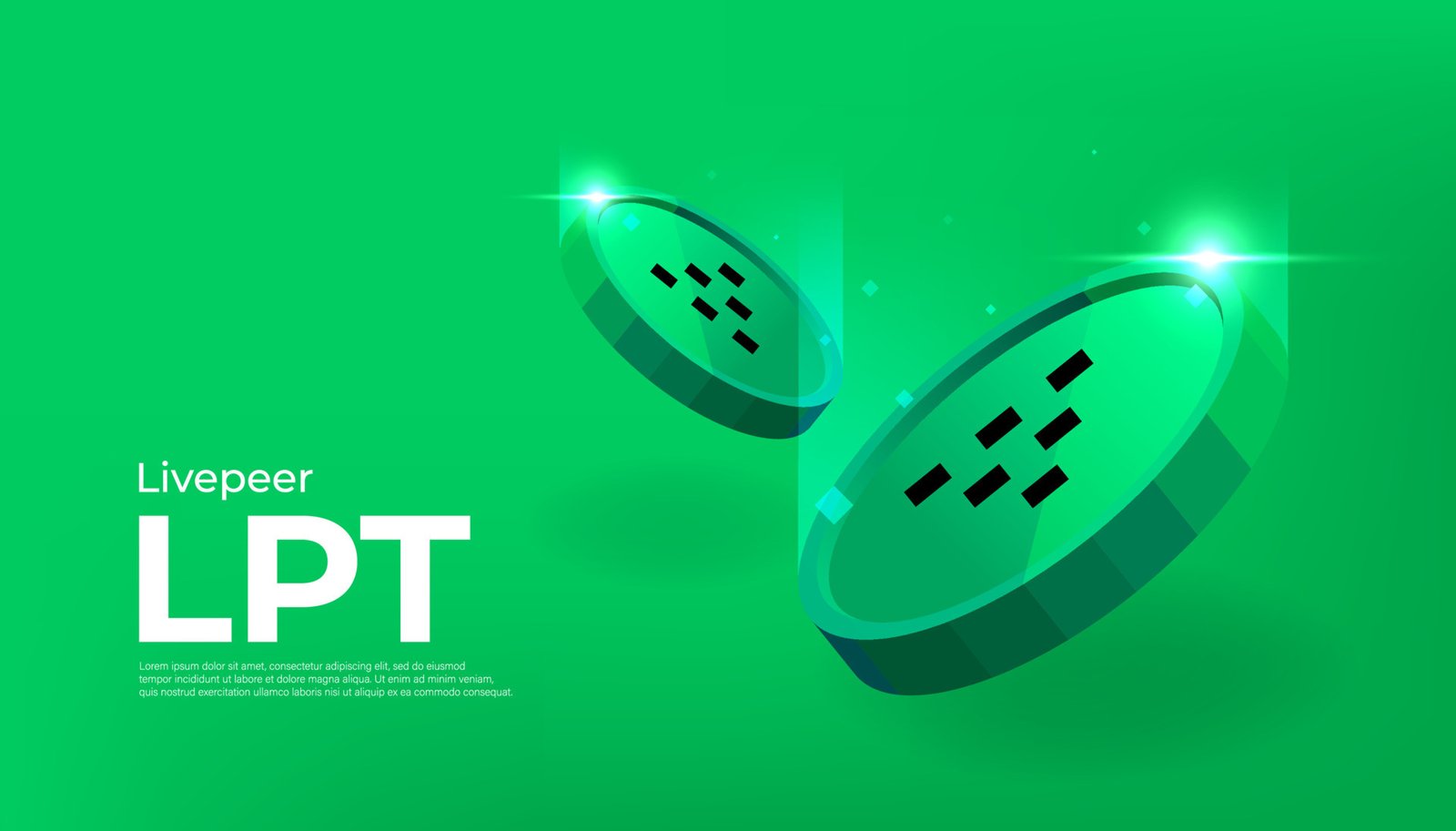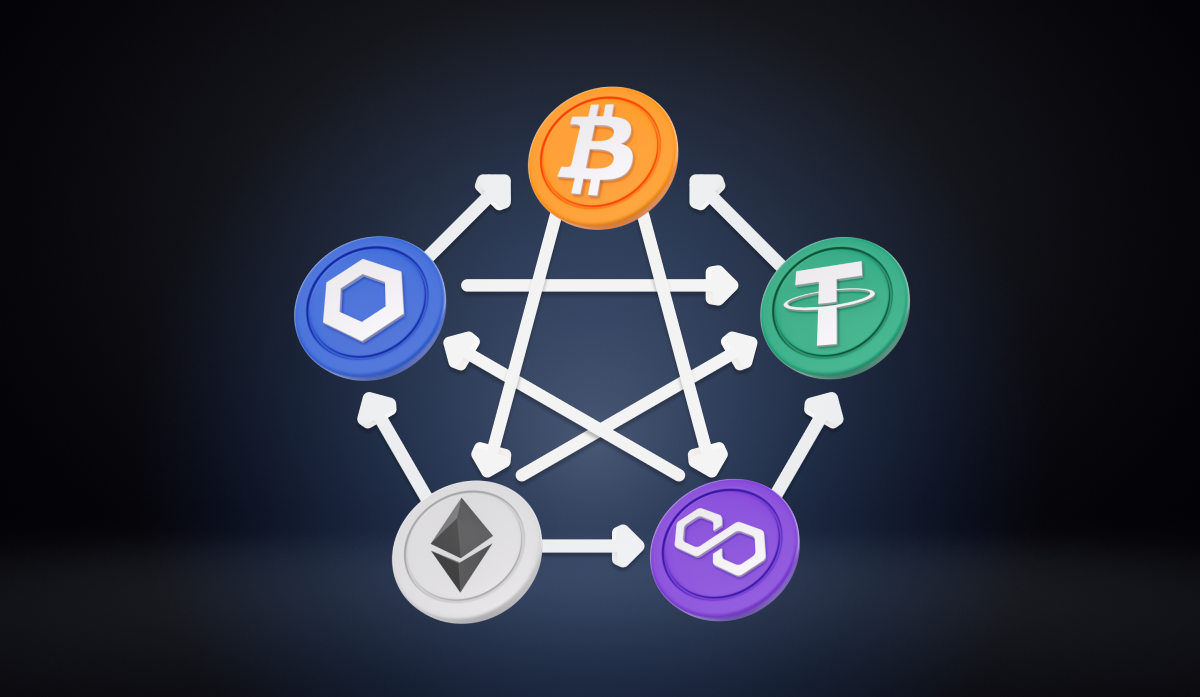Livepeer Coins (LPT): Decentralized Video Streaming & Blockchain

The universe of Digital Currency continues to grow as blockchain technology transforms various sectors. Livepeer (LPT), which aims to revolutionize the way video content is delivered, handled, and viewed, is among the most innovative and exciting initiatives under development in this area. Fundamental to this distributed video architecture, Livepeer coins present equal opportunities for developers, content creators, and investors. We shall explore in great detail the nuances of Livepeer coins in this post, including their definition, operation, and effects on the direction of the video streaming market.
Livepeer: Decentralized Video Streaming Platform
Built on the Ethereum blockchain, Livepeer is an open-source, decentralized video streaming network. By allowing consumers to share their computing resources for video encoding and distribution, it enables scalable, reasonably priced, high-quality video streaming. Conventional video ssitesmng sitess such as YoVimeoeor Vimeoo are cen tralized, meare under the control ofontrol of one company. Conversely, Livepee utilizes blockchain technology to distribute video content by decentralizing the video infrastructure, thereby enabling a more open, effective, and secure approach to delivery.

Livepeer’s ecosystem is fundamentally based on the Livepeer token (LPT), which serves as the medium of exchange for the network. LPT is essential in motivating users to provide their computational resources, thereby enabling the platform to offer a distributed video streaming service that is free from the requirement for expensive centralized servers.
Native digital assets of the Livepeer network are Livepeer coins, sometimes known as Livepeer Tokens (LPT). Primarily used for staking, governance, and rewarding members who contribute to the platform’s growth, these coins are mainly utilized. Livepeer coins have as their fundamental goal a distributed financial system that powers the architecture of the video streaming network.
Key Roles in the Livepeer Ecosystem
Orchestrators, translators, and delegates, among other responsibilities, help the Livepeer ecosystem run. Each of these individuals is crucial in ensuring the seamless operation of the platform.
Those who possess the necessary infrastructure to transcode video content are referred to as orchestrators, which can be either individuals or companies. Raw video feeds are converted into multiple formats suitable for various devices by them. LPT tokens, based on the quantity of video transcoding they do, motivate orchestrators.
The process of encoding the video falls to translators. They essentially help process videos so that they are suitable for streaming, thereby ensuring that material can be sent across the internet to a wide range of devices and people. LPT pays transcoders for their computational output.
Additionally, very important in the Livepeer ecosystem are delegators. Delegators stake their LPT tokens with Orchestrators or Transcoders to receive a portion of the benefits, rather than control the required infrastructure. Users of the platform help it expand and become more efficient by distributing their tokens.
Livepeer Token Governance System
Not only are Livepeer coins staked, but they also serve as a means of platform governance. LPT token holders can participate in decisions on governance, including network parameter adjustments and protocol enhancements. This distributed system ensures that there are made by the whole rather than a single authority, being controlled by a single authority.
Token holders of the governance structure also have the right to vote on significant concerns about the growth of the Livepeer network. Token holders can vote, for instance, on choices including network fund allocation, modifications to staking incentives, and platform operational protocol changes.
Livepeer ensures that the community has direct influence over the platform’s future by incorporating a distributed governance mechanism, thereby aligning the interests of all users for long-term success.
Decentralizing Video Streaming Costs
The growing consumption of online content is driving an impressive expansion in the video streaming sector. Traditional video streaming systems, however, have some difficulties, including low transparency, data privacy issues, and expensive equipment. Livepeer offers a distributed approach that lowers costs, improves privacy, and fosters greater openness, thereby addressing many of these concerns.

Livepeer’s capacity to drastically reduce video transcoding costs is among its most important benefits. Livepeer minimizes the need for costly centralized infrastructure by decentralizing the transcoding process, allowing people to share their computing resources. For content producers—especially those running on a smaller scale—this makes video streaming more accessible and reasonably priced.
Livepeer Token: Value and Integration
Not only are Livepeer coins valuable on the Livepeer network. But they are also crucial in the broader Bitcoin and blockchain ecosystem. LPT, an ERC-20 token, is compatible with a broad spectrum of Ethereum blockchain-run distributed apps (dApps).
Investors can trade Livepeer tokens on Binance, Coinbase, and Uniswap, among other Cryptocurrency exchanges. This creates opportunities for consumers to incorporate LPT into their investment plan, whether for buying, selling, or trading. Furthermore, It can be readily combined with other Ethereum-based DeFi apps, thereby improving its value in the cryptocurrency field.
Final thoughts
Livepeer and its related token, LPT, have promising prospects. Livepeer is well-positioned to profit from the shift toward distributed video streaming. Given the rising demand for video content and the expansion of decentralized technologies.
This increases the value of the LPT token and provides investors with a considerable upside opportunity. Furthermore, the token’s value will continue to grow as more developers expand on the Livepeer network, making it even more necessary in the distributed video ecosystem.
